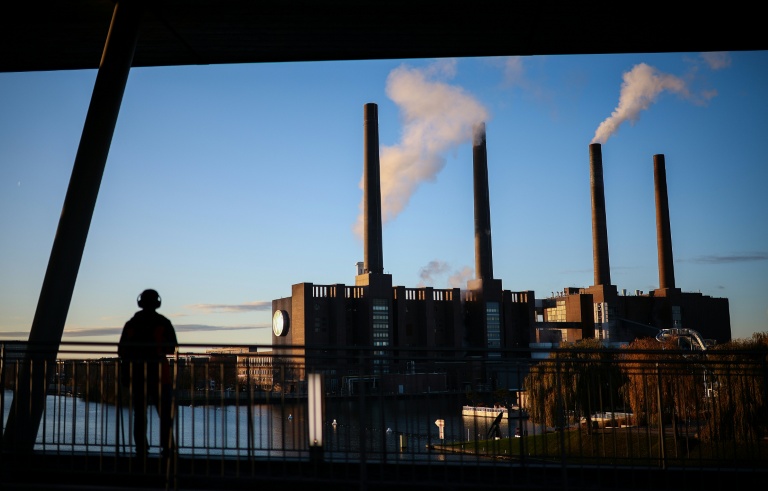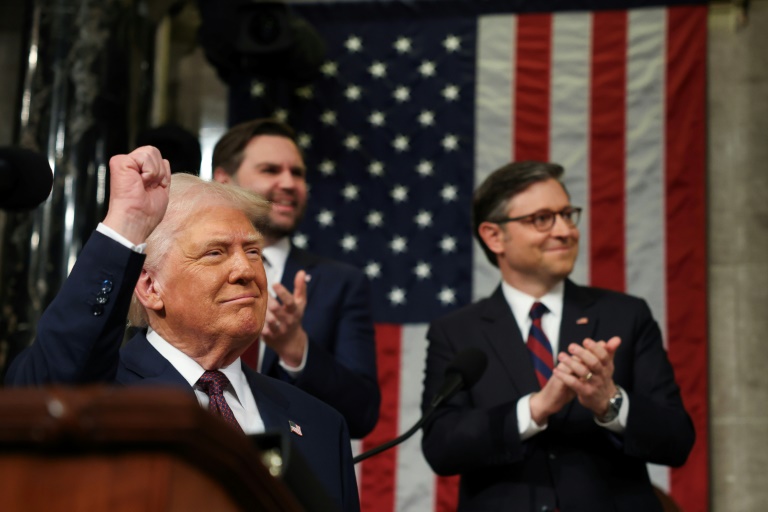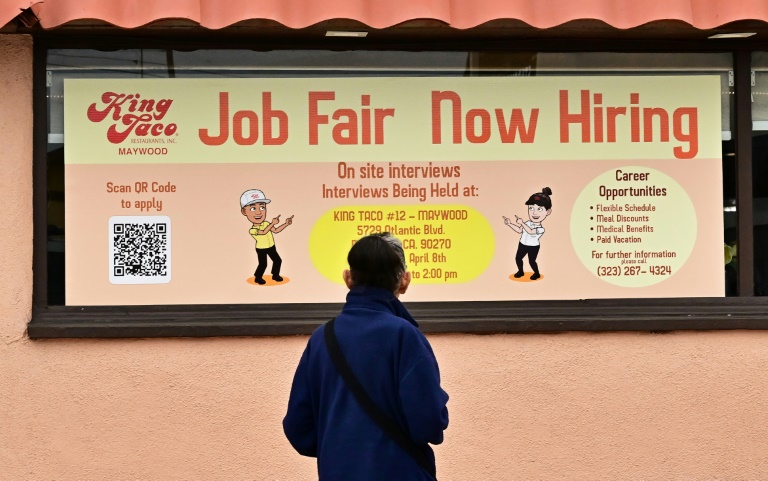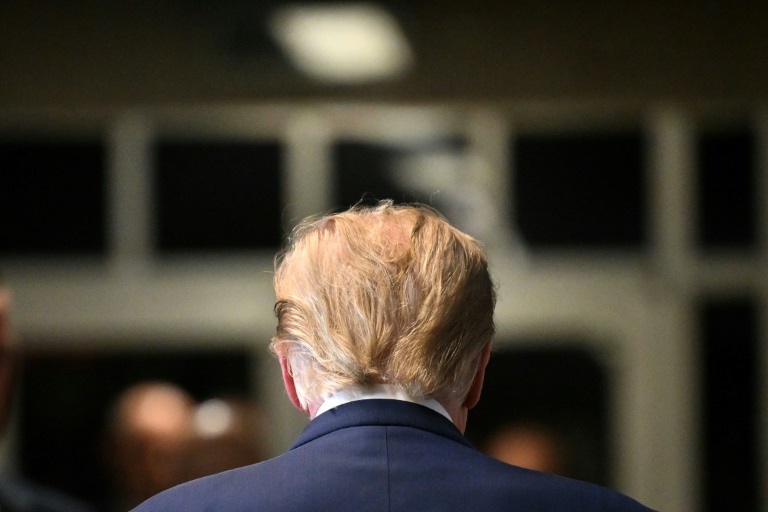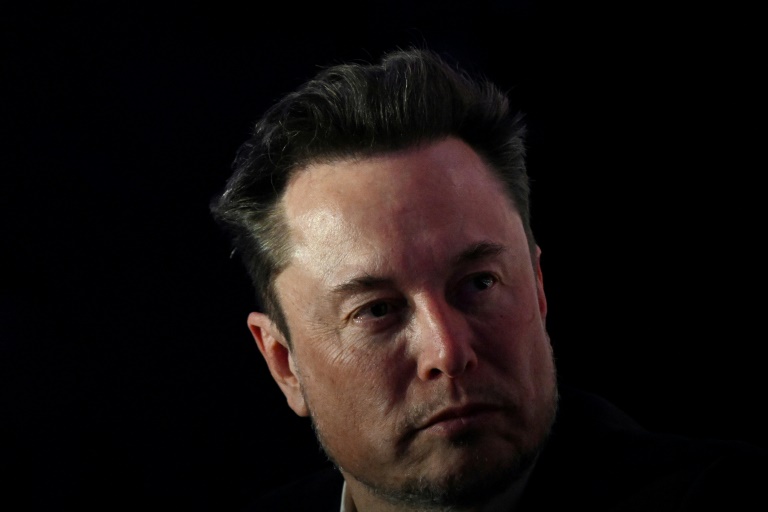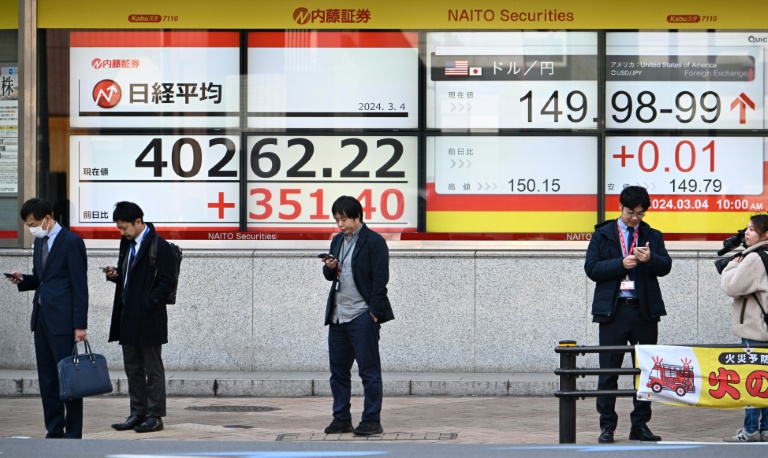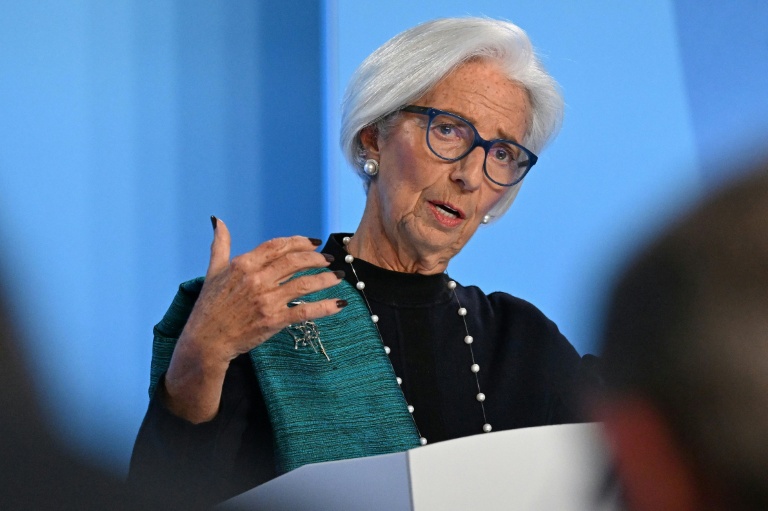Washington (AFP) – The US economy added more jobs than expected in June while the unemployment rate edged down, government data showed Thursday, offering signs of labor market strength despite worries over President Donald Trump’s tariffs. The data raises expectations that the US central bank will continue to hold interest rates steady at its July meeting, though economists warned of potential cracks beneath the surface. Job growth came in at 147,000 last month, rising from a 144,000 figure in May — which was also revised upwards — said the Department of Labor. The unemployment rate ticked down from 4.2 percent to 4.1 percent, and wage gains decelerated, the report added.
Despite concern that the jobs market — a key source of support for the world’s biggest economy — may weaken as tariffs fuel uncertainty and add to business pressures, the latest headline numbers provide some reassurance. Analysts believe a solid showing diminishes the prospect of an interest rate cut by the Federal Reserve in July — a move sure to further enrage Trump. The US president has repeatedly criticized Fed Chair Jerome Powell for not slashing the benchmark lending rate more quickly, calling him a “stubborn mule and a stupid person.”
With consumer inflation still above the Fed’s two-percent target and unemployment remaining low, officials are adopting a wait-and-see approach to monitor potential effects from Trump’s tariffs. If the labor market weakened quickly, the Fed could be inclined to lower rates sooner to boost the economy, even if inflation were not progressing downwards as swiftly as hoped.
Economists, however, warned Thursday that the employment picture is “less rosy” upon closer inspection. “Almost all of the job gains came from just two sectors: government and healthcare. Hiring was anemic in other parts of the economy,” said Navy Federal Credit Union chief economist Heather Long. She added that another concerning sign was the labor force participation rate dropping to its lowest level since late-2022.
In June, the state government and health care sectors added jobs while the federal government continued shedding roles under the Trump administration’s cost-cutting drive. The federal government lost 7,000 jobs, and employment is down by 69,000 since reaching a recent peak in January, the Labor Department report added. Salary growth also cooled from a 0.4 percent month-on-month increase in May to 0.2 percent in June. From a year ago, wage gains were up 3.7 percent, easing from the prior month as well. A consensus forecast by Briefing.com had expected overall job growth of 120,000.
Nationwide chief economist Kathy Bostjancic said in a note that “private sector employment significantly moderated last month.” She added that many companies are hesitant to hire new staff and remain worried about the impact of Trump’s tariffs, even as they are not engaging in major layoffs yet.
The US economy has fared relatively well since the Covid-19 pandemic, with a resilient jobs market allowing consumers to keep spending. But Trump’s tariffs on US trading partners, alongside steep levies on imports of steel, aluminum, and autos, have dragged on consumer sentiment and fueled business uncertainty. That uncertainty has been accentuated by Trump’s approach of unveiling, then adjusting or halting measures — causing firms to hold off certain investments.
With a further wave of tariff hikes potentially incoming next week, analysts are monitoring for fragility in the job market and signs that companies might pull back in hiring and expansion. For now, the figures bring relief to worried observers after data from payroll firm ADP sparked alarm Wednesday, as it reported that the private sector unexpectedly shed jobs. It is not uncommon for the ADP report to diverge from official figures, but analysts believe it can help understand the longer-term trajectory of the labor market.
© 2024 AFP






